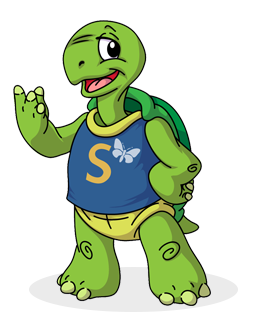This week, as a part of our ‘Darwin’s Delights’ topic, Year 6 investigated how a bird’s beak is adapted to eat particular foods. First, we looked at some examples of different birds and how their beaks are adapted to eat foods such as nectar, worms and seeds. We noticed that a hummingbird has a long, narrow beak which allows them to collect nectar from the middle of a flower, and that an eagle’s beak is very thick and strong which helps it to tear apart its prey. They then used this knowledge to plan their enquiry by considering what equipment they could use to represent different sized/shaped beaks. We predicted which ‘beak’ would be most suitable for the different types of ‘food’ we had. They then had 15 seconds to pick up as much food as possible with their chosen beak, and then repeat this activity with the other types of food.
After testing the beak three times, we found the average amount of food collected for each set of food. The average then helped us to compare our results and see which beak was best suited to what type of food.
Well done Year 6!



